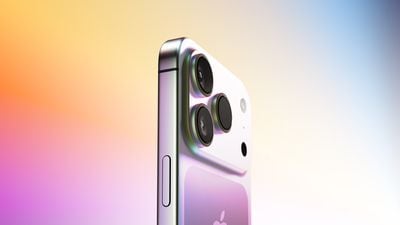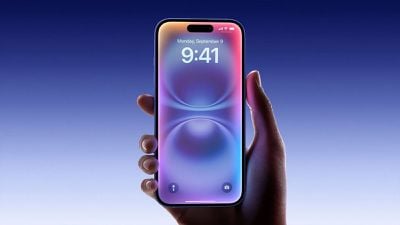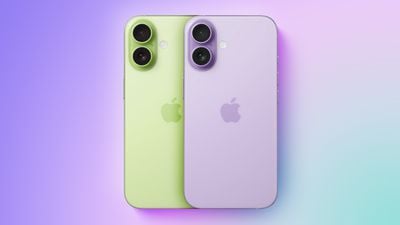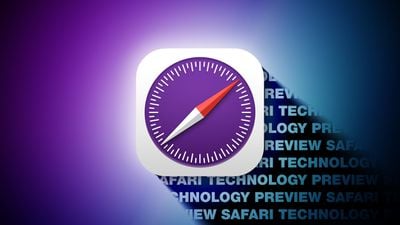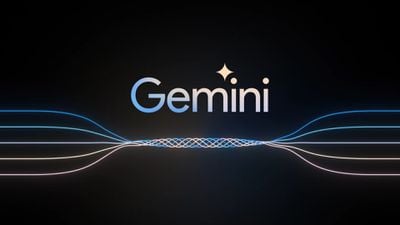Samsung's upcoming Galaxy S26 models may adopt key design elements from the iPhone 17 lineup, according to new dummy units shared by reliable leaker and journalist Sonny Dickson.

An image posted on X by Dickson shows three mock devices that are believed to represent the Galaxy S26, S26 Edge, and S26 Ultra. The images reveal that Samsung is moving ahead with significant changes to its rear camera design, most notably on the rumored S26 Edge, which features a wide, horizontal camera bump extending across the phone's back. This design closely resembles the expected design of Apple's iPhone 17 Pro and Pro Max models, which are set to introduce a similarly broad camera module.
The mockups show that while the standard S26 and S26 Ultra continue with a vertical lens arrangement, both devices now have slightly raised camera islands, breaking from Samsung's recent minimalist contour-cut designs, resembling the expected design of the entry-level iPhone 17. The Ultra model retains its quad-lens configuration with two smaller sensors positioned alongside the primary lenses, but the S26 Edge departs radically from Samsung's traditional layout by shifting to a two-lens system with an adjacent flash in a layout strongly resembling Apple's upcoming Air and Pro devices.
The dummy units also feature large circular engravings on the back that appear to allude to the placement of magnetic charging components, indicating that the Galaxy S26 series will likely support the Qi2 wireless charging standard. Qi2 introduces a Magnetic Power Profile based on Apple's MagSafe.
The addition of these magnets suggests Samsung is planning to adopt a similar accessory ecosystem, allowing for snap-on chargers, stands, and wallets. This would be a significant a shift for Samsung, which has to date relied solely on coil-based wireless charging without magnetic positioning, and signals much closer alignment with Apple's approach.
Apple is expected to unveil the iPhone 17 lineup at its "Awe dropping" event next week, making it likely that Samsung's design shift is influenced by the company's anticipated changes. The S26 lineup is expected to debut in February 2026.


